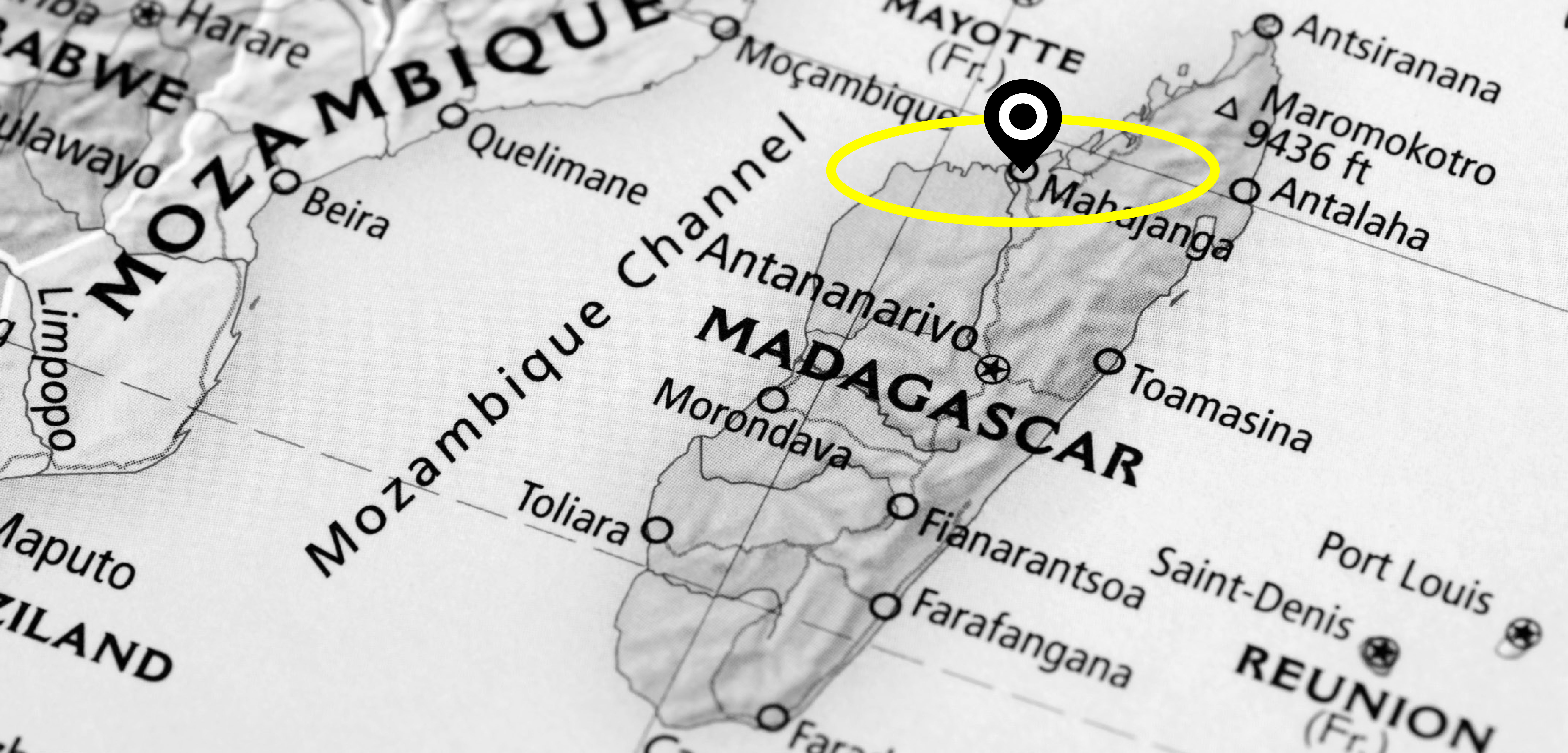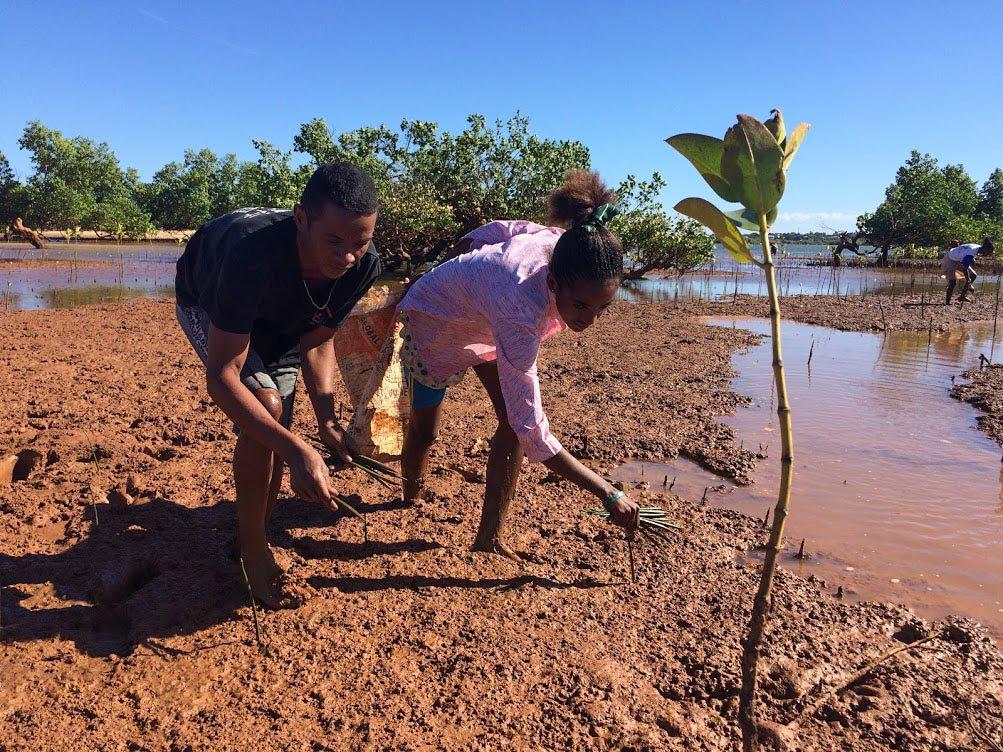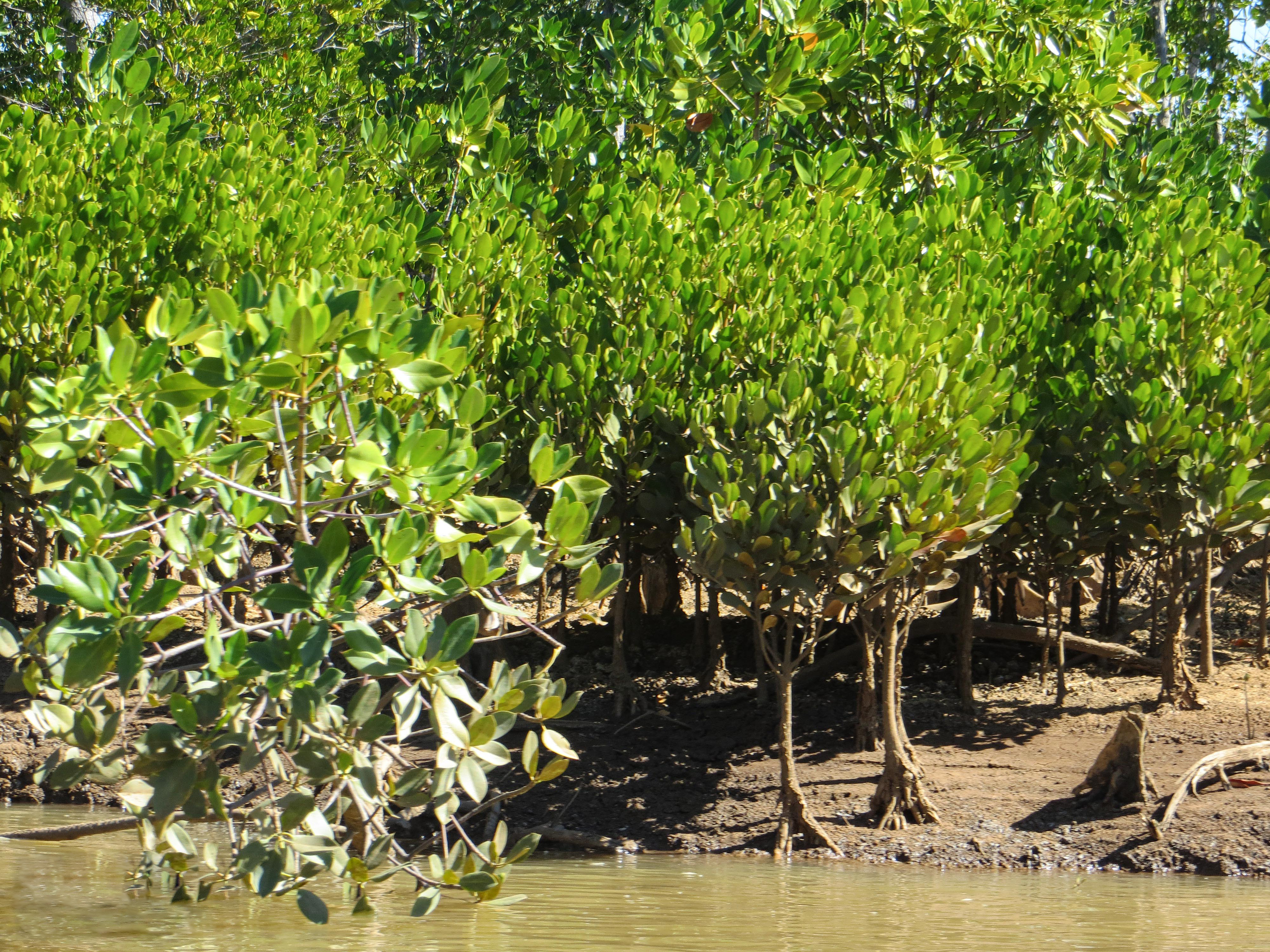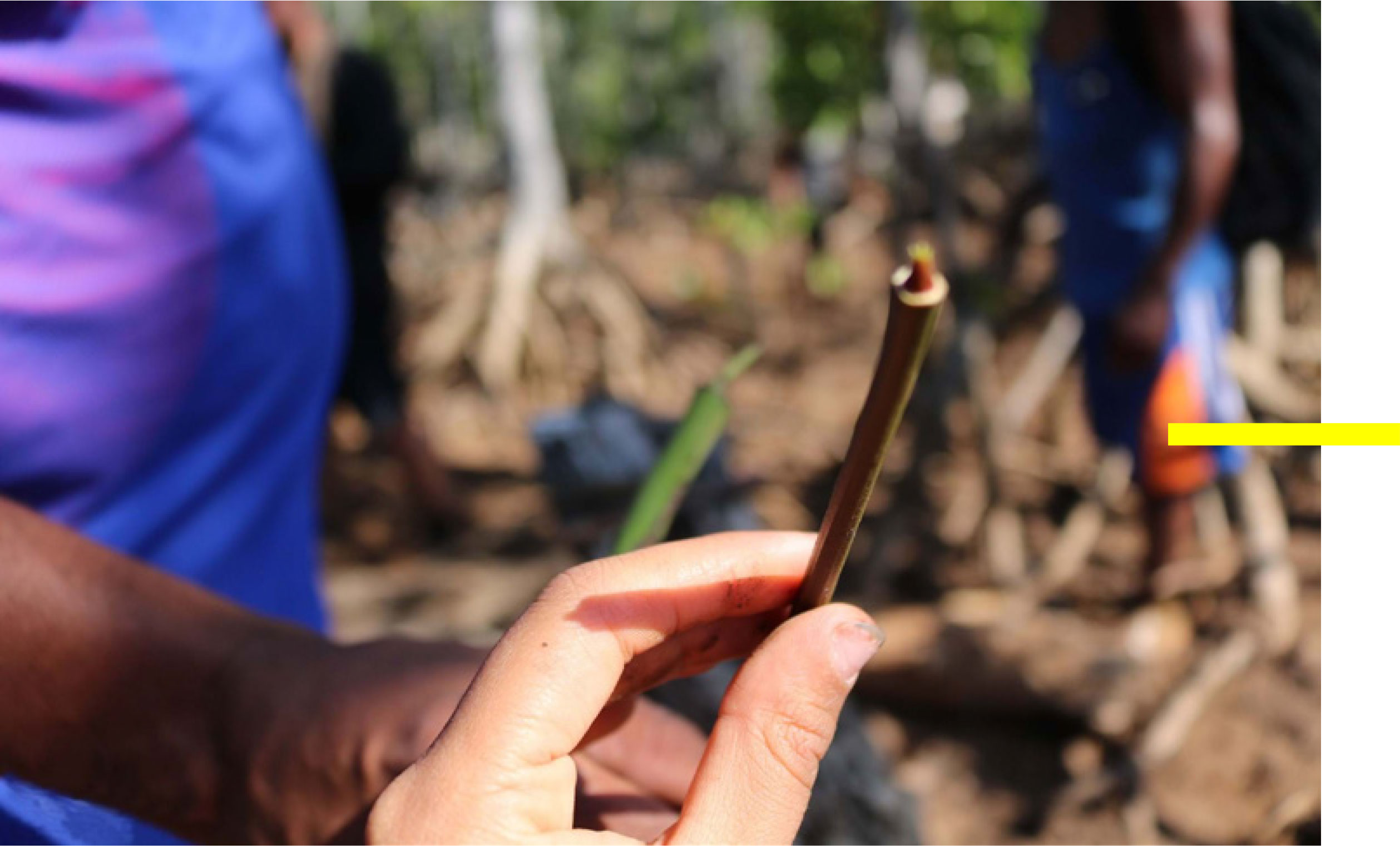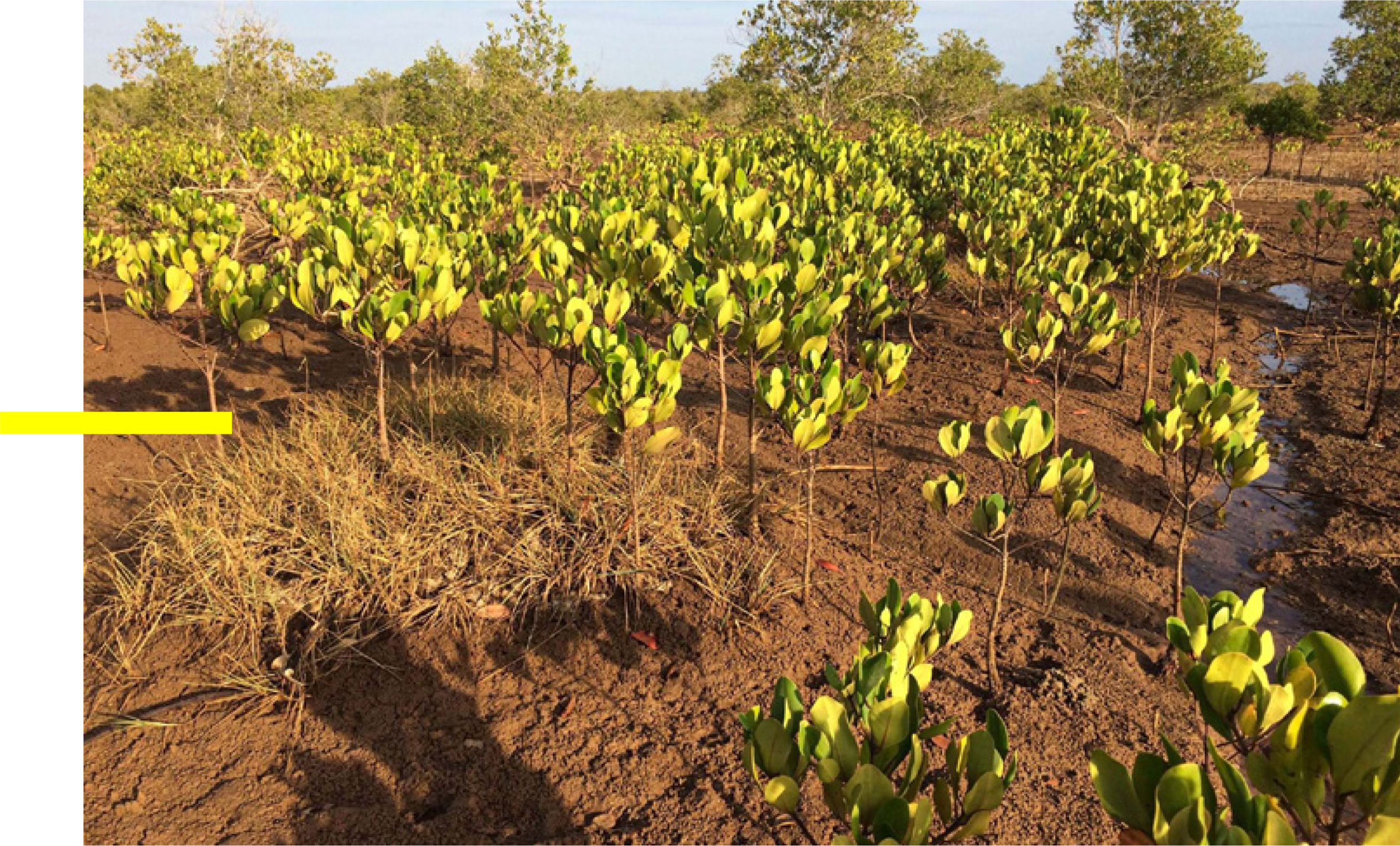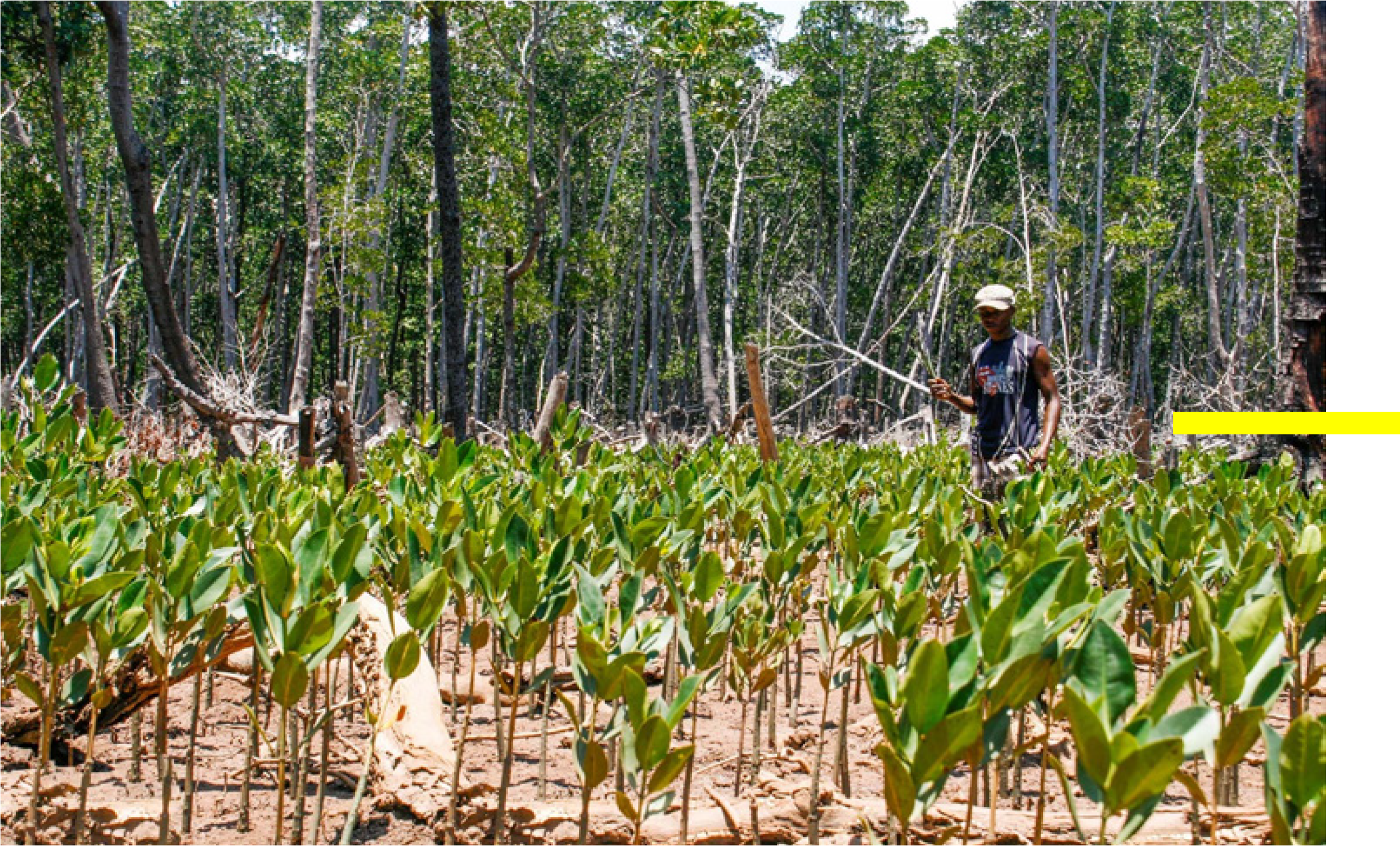
BIODIVERSITY
Planting mangroves restores biodiversity, providing habitats for land and marine life to flourish, as well as coastal protection.
Lists product items from shopify via an in-page single page application (using StoreFront API)
There is no inline preview for this block currently
In developed countries, average personal emissions are 10 to 20 tonnes of CO2 a year. This can be absorbed by as few as 50 to 100 mangrove trees...because mangrove trees are amazing carbon munchers!
Madagascar is the world’s second-largest island country and a nation with over 200,000 species of plants and animals that don’t exist anywhere else in the world. But more than 90% of Madagascar’s original forests have been destroyed, displacing entire animal species and taking away the Malagasy’s ability to farm and live on the land. Entire mangrove estuaries are gone, leaving coast and communities unprotected from extreme weather.
Planting mangroves restores biodiversity, providing habitats for land and marine life to flourish, as well as coastal protection.
Planting a forest on this scale will provide full-time employment for over 1000 community members. Ten percent of the trees are agroforestry, providing food and fuel.
Removing CO2 from the air is critical to stop global warming. Each mangrove tree removes 300kg of CO2 from the atmosphere over the life of the tree. By area, this can be more than double other forests.
Local government and community agreements to safeguard the future of the forests. Employing community members to protect the plantings.
Madagascar has over 200,000 species of plants and animals that don’t exist anywhere else in the world...lets protect what we have!
Massive deforestation in Madagascar has displaced and threatened entire animal species and destroyed livelihoods.
This includes collecting the seed, nurturing the seedling, preparing the land, planting the tree, tending the sapling, and protecting the new forest.
It can help to improve watersheds while decreasing erosion. Mangroves in particular help to restore and improve ocean health and create vital buffers between communities and extreme weather events.
Through the support of the Eating for Tomorrow community, Eden Reforestation Projects will work with local villagers to reforest their surrounding environments. These villagers, many of them farmers or fishermen, have a deep-rooted understanding of the land and the forests that once stood there. Working with local people sharing their knowledge helps create a strong and cooperative foundation to the reforestation work. Villagers are then trained in best practices that have been developed over the last 10+ years of Eden’s history to ensure scalability and high survivability. Local leaders train the villagers on how to properly select mangrove propagules that are ready to be planted, how to identify and sort the different species, where to plant each species and at what density.
Arrangements are in place with the local and national governments to future-proof the mangrove forests. In Madagascar, Eden's teams have secured an ongoing relationship with the different levels of authority, from community leaders and committees to local government offices. At each level, agreements have been put in place to ensure the validity and the longevity of the reforestation efforts. In addition to government agreements, Eden also employs local villagers and community members to guard the newly planted and existing forests to ensure their protection.
How has this vast area of reforestation benefited the availability and quality of water supply, and possibly the micro-climate: Large-scale reforestation positively impacts the environment in many different ways. It can help to improve watersheds while decreasing erosion. Mangroves in particular help to restore and improve ocean health and create vital buffers between communities and extreme weather events. Over time increased forest cover in large areas can improve micro-climates, with more predictable rainfall and cooler temperatures. Wildlife habitat is restored, further benefiting the natural environment and creating a healthy and diverse forest system.





